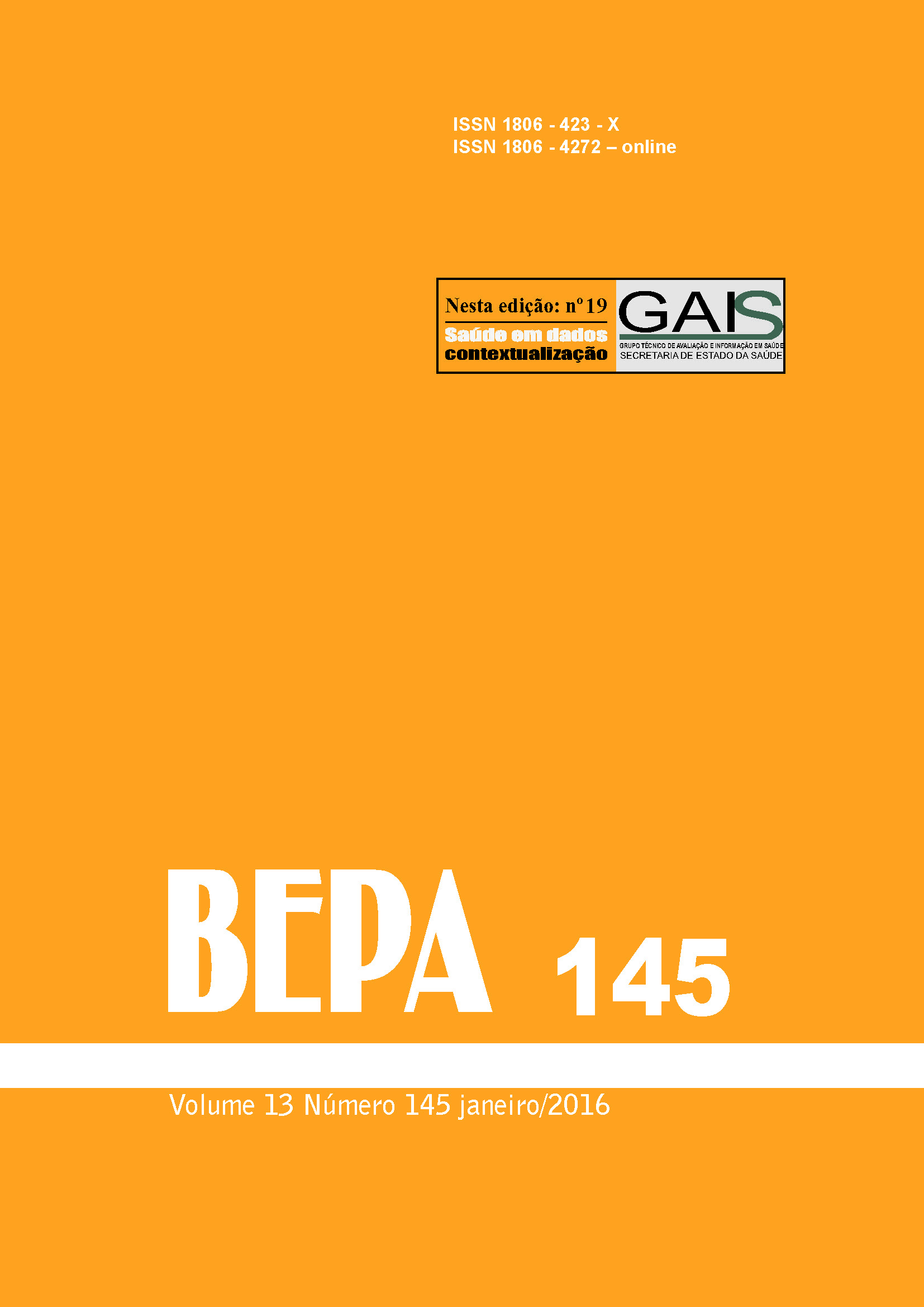Abstract
The present study evaluated some aspects of humoral and cellular immune response in the co-infection cerebral toxoplasmosis and Aids (CT/Aids). The first step was to improve the production of two antigens that were used in all experiments. One was the tachyzoite lysate antigen (TLA) and the other was a group of excreted/secreted antigens (ESA) obtained from culture supernatants of VERO cells without fetal calf serum and infected with tachyzoites. Then, anti-T. gondii IgG levels in cerebrospinal fluid (CSF) of 99 TC/Aids patients were evaluated. In both methodologies (Elisa and Western blotting), ESA triggered reactivity in samples from TC/AIDS patients, which were not observed using TLA. Concomitantly, methodologies employing ELISA and two antigens for IgG subclasses detection in sérum and CSF samples were standardized. The assays were performed in 265 sera and 270 CSF samples composed of 58 sera (patients with CT/Aids); 49 sera (patients with Aids/other neuroinfections/ positive toxoplasmosis; 58 sera (patients with AIDS/other neuroinfections/negative toxoplasmosis); 50 sera (individuals with asymptomatic toxoplasmosis/negative HIV); 50 sera (healthy individuals/ negative toxoplasmosis and HIV); 99 CSF samples (patients with CT/Aids); 112 CSF samples (patients with Aids/other neuroinfections/positive toxoplasmosis); and 59 CSF samples (patients with Aids/other neuroinfections/ negative toxoplasmosis). Only ESA was able to differentiate the IgG subclasses profile. IgG4 levels were detected only in TC/Aids patients, and IgG2 levels were predominate in chronically infected patients. The diagnostic value of IgA and IgE in TC/Aids patients was also evaluated. The results showed that it was not possible correlating these antibodies with the infection reactivation. The cellular immune response of TC/Aids patients was partially evaluated considering the cytokine levels (IFN-g, TNF-α, IL-10, IL-12 e IL-4) in supernatants from cultures of peripheral blood mononuclear cells. CT/Aids patients showed deficiency in IFN-g, high TNF-α levels and small IL-10 levels, when compared with patients of other groups. The monitoring of the production of these cytokines, during the specific T. gondii treatment, showed that after 15 days, patients already were able to produce small IFN-- g levels. At t he same time, TNF-α and IL-10 levels were decreased. IL-12 and IL-4 levels were not detected in studied groups. These findings suggest that low IFN--g levels are closely correlated to the reduction and/or deficiency in the ability CD4+ T cells of TC/Aids patients in producing this cytokine, as well as high levels of TNF--a reflect the high inflammatory response triggered by parasite. In contrast, IL-10 production suggests an immune-regulatory effect in chronically infected individuals and those negative for toxoplasmosis, but an infection susceptibility in CT/Aids patients, since IL-10 is associated with an increased susceptibility to infection, caused by deficiency of CD4+ T cells

This work is licensed under a Creative Commons Attribution 4.0 International License.
Copyright (c) 2016 Cristina da Silva Meira, Vera Lucia Pereira Chioccola (orientadora)
